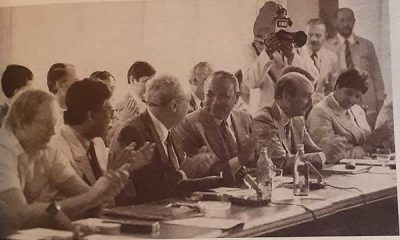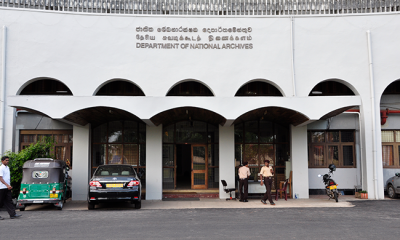News
Private education has grown faster in South Asia than in other regions – UNESCO

A new UNESCO Report released last week (Nov 2) shows that non-state actors in South Asia are more involved in every aspect of education systems than in any other world region. Highly competitive examination pressures and dissatisfaction with public schools led to the highest levels of enrolment in private institutions in primary and secondary education than in other regions, but also to extensive private tutoring and an explosion of education technology companies.
With fragmented systems stretched during the pandemic, and evidence of a shift of students from private to public schools, the report calls for a review of existing regulations on non-state actors and how they are enforced. While access to education has grown faster than in any other region in the past few decades in South Asia, learning levels are more than one third below the global average and growing more slowly than in the rest of the world. It recommends that all state and non-state education activities be viewed as part of one system, supported and coordinated ministries of education so that quality and equity can be improved.
The report draws on the global comparative research by the Global Education Monitoring Report at UNESCO and six regional partners: BRAC; the Institute for Integrated Development Studies; theInstitute of Policy Studies of Sri Lanka; Idara-E-Taleem Oaagahi(Centre of Education and Consciousness); the Center for Policy Research; and the Central Square Foundation. Combining the experiences of Afghanistan, Bangladesh, Bhutan, India, the Islamic Republic of Iran, Maldives, Nepal, Pakistan and Sri Lanka, it looks at occasions where the growing advent of private education has put equity under pressure but also at positive practices that have created cohesion across all actors involved.
Non-state actors are influential across all education levels in the region. In early childhood, the private sector is often the main provider, educating 93% of children in the Islamic Republic of Iran, for instance. At the primary level, private schools educate a quarter of students in Nepal, over a third in Pakistan and almost half in India. Low-fee private schools have flourished. Out of all new schools established in India since 2014, 7 in 10 are private independent schools. In Bangladesh, a quarter of primary and almost all secondary school enrolment is in private institutions. International schools have grown alongside the demand for English-language education, effectively doubling in Sri Lanka between 2012 and 2019.
Tertiary education is increasingly private due to insufficient public supply, covering over half of enrolment in Afghanistan by 2020. In Nepal, the limited capacity of the main public university in the country led to the establishment of non-state campuses. Teacher training institutions are also often private with teacher education only provided exclusively by the state in two countries, Bhutan and the Islamic Republic of Iran. In 2020, more than 90% of recognized pre-service teacher education institutions in India were privately funded through student fees.
Competitive education systems and labour markets have led to a surge in private tutoring, putting pressure on household finances. In Sri Lanka, the percentage of households spending on private tutoring increased between 1995 and 2016 from 41% to 65% of urban households and from 19% to 62% of rural households; it increased in Bangladesh between 2000 and 2010 from 28% to 54% in rural areas and from 48% to 67% in urban areas. The popularity of private tutoring has led to a rise of coaching centres; in India, their number may run into the hundreds of thousands.
News
UN pledges US$4.5 mn for post-Ditwah relief
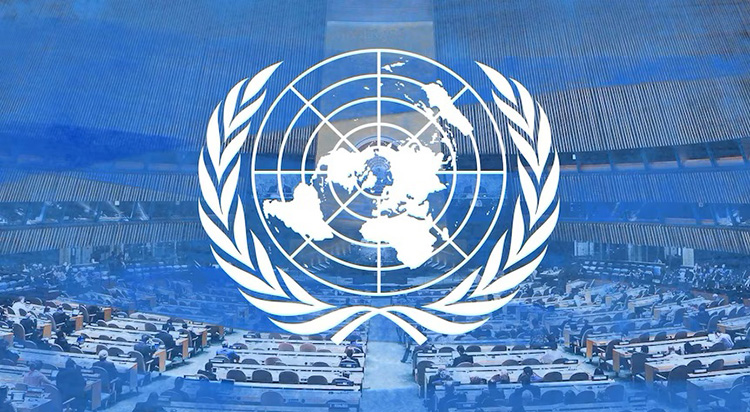
The United Nations has pledged US$4.5 million (LKR 1.38 billion) from its Central Emergency Response Fund (CERF) to strengthen Sri Lanka’s response to Cyclone Ditwah, which made landfall on 28 November.
The funds will enable the UN to rapidly scale up emergency food assistance, shelter support, and water, sanitation and hygiene services for the communities most severely affected by the floods and landslides that have impacted the country, the UN stated.
“This funding comes at a critical moment for Sri Lanka,” said Marc-André Franche, United Nations Resident Coordinator in Sri Lanka. “Cyclone Ditwah has upended lives across the country, and many families are still struggling to meet their basic daily needs. The UN was quick to provide support with urgent relief items and equipment.
We are working closely with the Government, civil society partners and the humanitarian community in Sri Lanka to ensure a coordinated response, guided by evidence and priority needs. This emergency funding will help us reach those most severely affected with the support they urgently need”, he said.
Communities across Sri Lanka are continuing to grapple with the widespread impacts of the cyclone,with thousands of families still displaced after extensive damage to housing and infrastructure.
Even as response efforts are underway, latest assessments indicate that the effects of the cyclone are broader and more severe than initially understood, leaving many communities in urgent need of sustained support to fully recover from Cyclone Ditwah.
The UN’s global emergency fund CERF enables rapid funding to humanitarian responders to help support life-saving, humanitarian activities in the initial stages of a sudden-onset crisis.
As the full scale of the devastation becomes clearer, the UN will expand its life-saving assistance to the hardest-hit communities through a broader Humanitarian Priorities Plan, expected to be announced this week.
News
Over 2,000 SLN officers and men promoted to mark 75th anniversarymark 75th anniversary
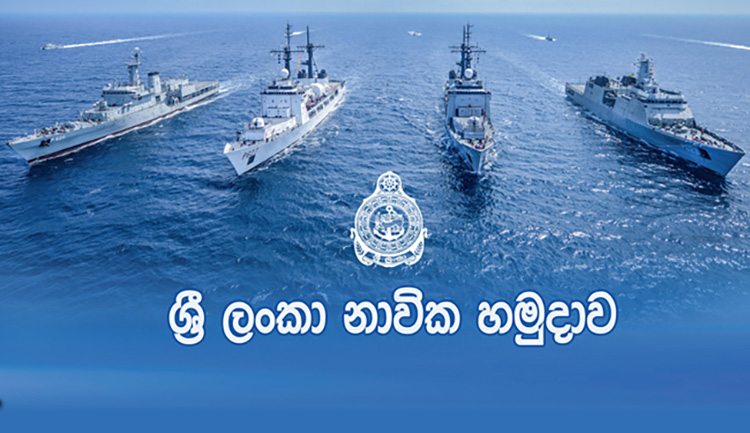
The Navy headquarters yesterday announced that 2,086 personnel, including 17 officers and 2,069 senior and junior sailors, had been promoted and advanced to their next respective ranks and rates, on the occasion of the Sri Lanka Navy’s 75th anniversary, which fell yesterday (09 December).
The Navy said the promotions had been made on the recommendation of the Commander of the Navy, Vice Admiral Kanchana Banagoda, in recognition of the dedication and service of those personnel.
News
Disaster death toll rises to 638
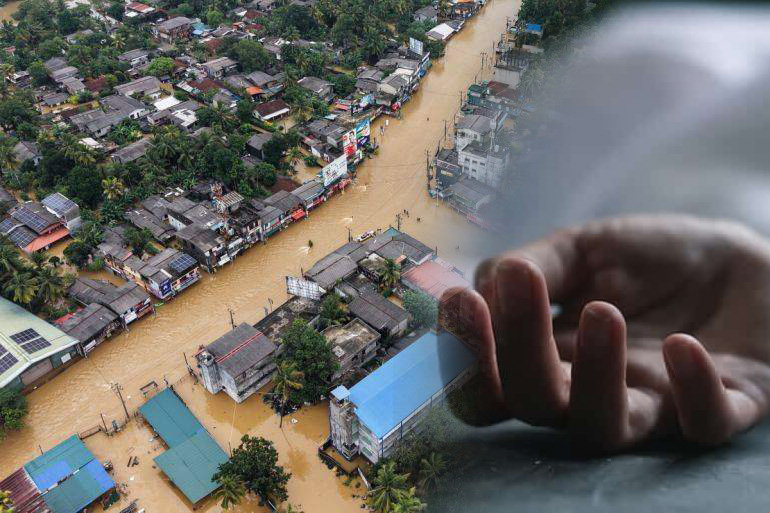
The Disaster Management Centre (DMC) said yesterday deaths due to Cyclone Ditwah had reached 638, and 191 disaster victims had gone missing.
-

 News2 days ago
News2 days agoOver 35,000 drug offenders nabbed in 36 days
-
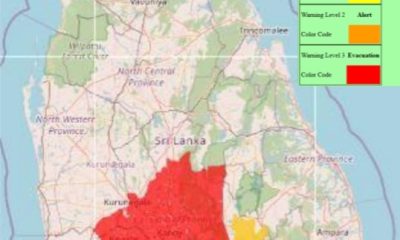
 News6 days ago
News6 days agoLevel III landslide early warning continue to be in force in the districts of Kandy, Kegalle, Kurunegala and Matale
-
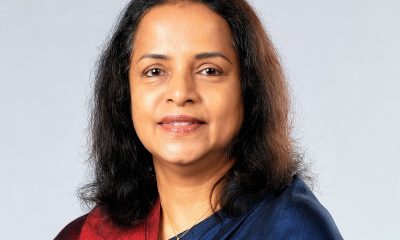
 Business4 days ago
Business4 days agoLOLC Finance Factoring powers business growth
-

 News4 days ago
News4 days agoCPC delegation meets JVP for talks on disaster response
-

 News4 days ago
News4 days agoA 6th Year Accolade: The Eternal Opulence of My Fair Lady
-

 News2 days ago
News2 days agoRising water level in Malwathu Oya triggers alert in Thanthirimale
-
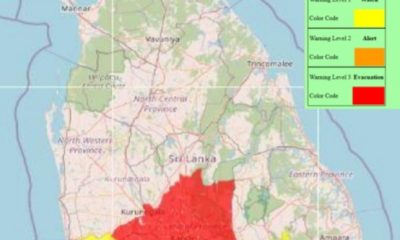
 Latest News4 days ago
Latest News4 days agoLandslide RED warnings continue to be in force for the Districts of Kandy, Kegalle, Kurunegala, Matale and Nuwara Eliya
-

 News1 day ago
News1 day agoCyclone Ditwah leaves Sri Lanka’s biodiversity in ruins: Top scientist warns of unseen ecological disaster




